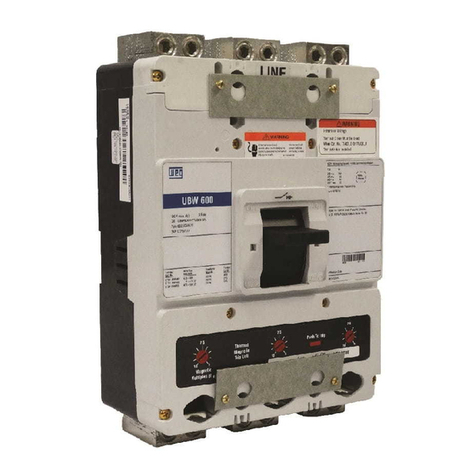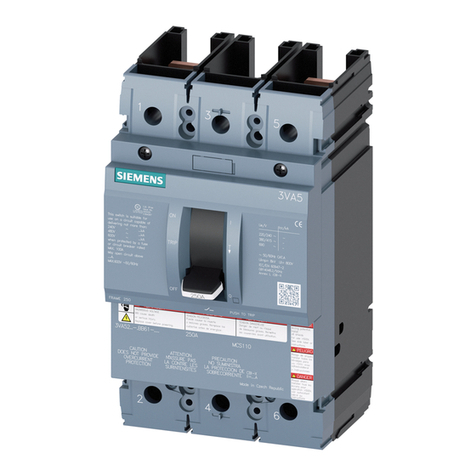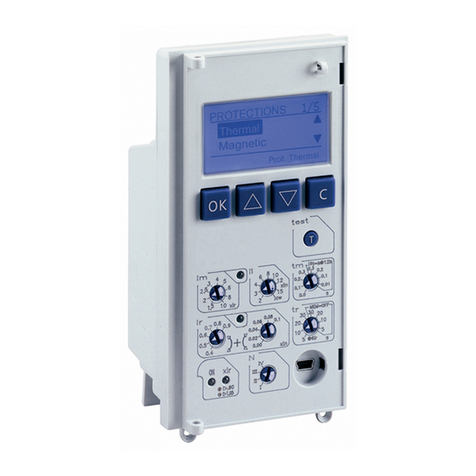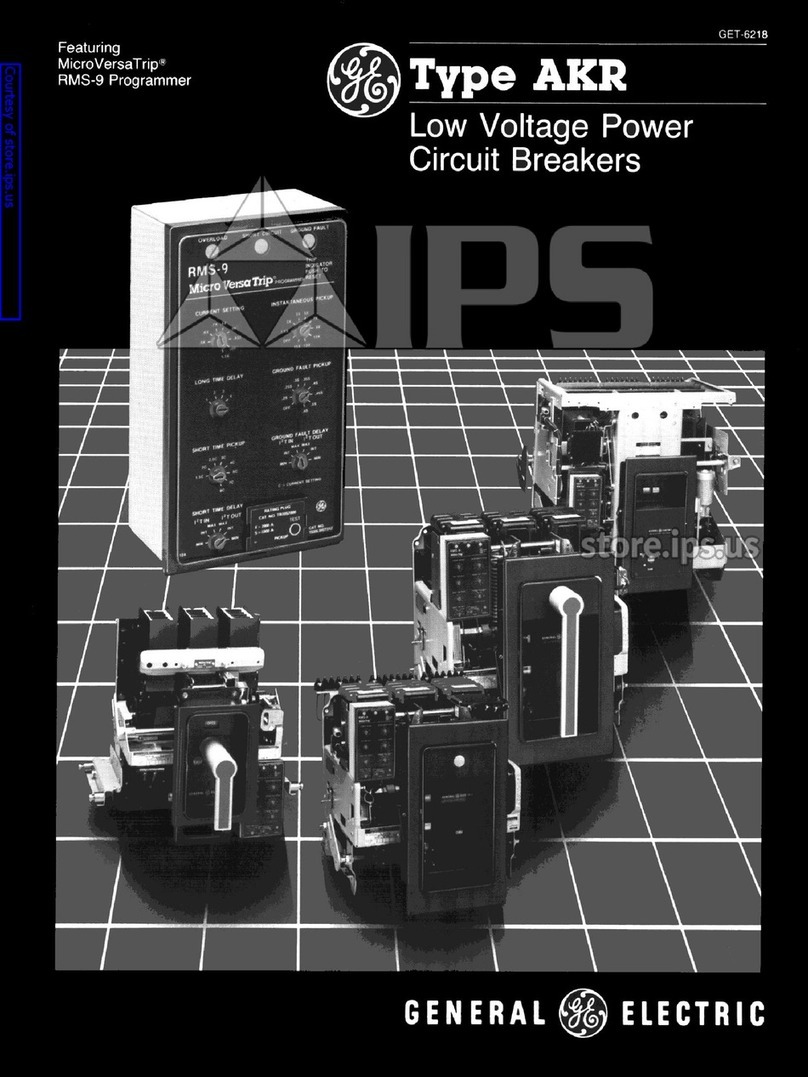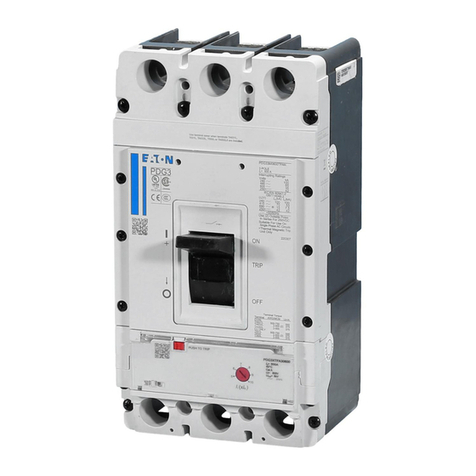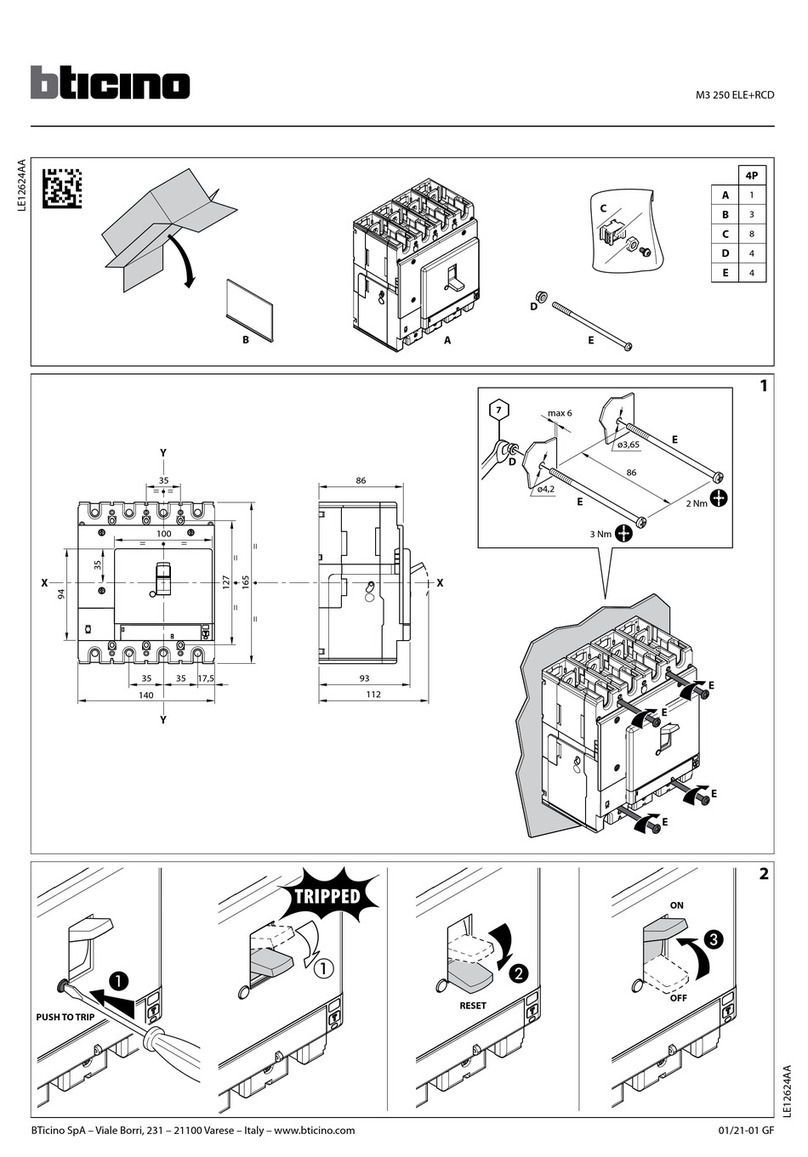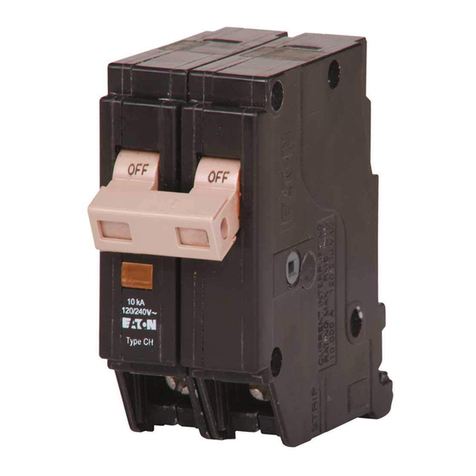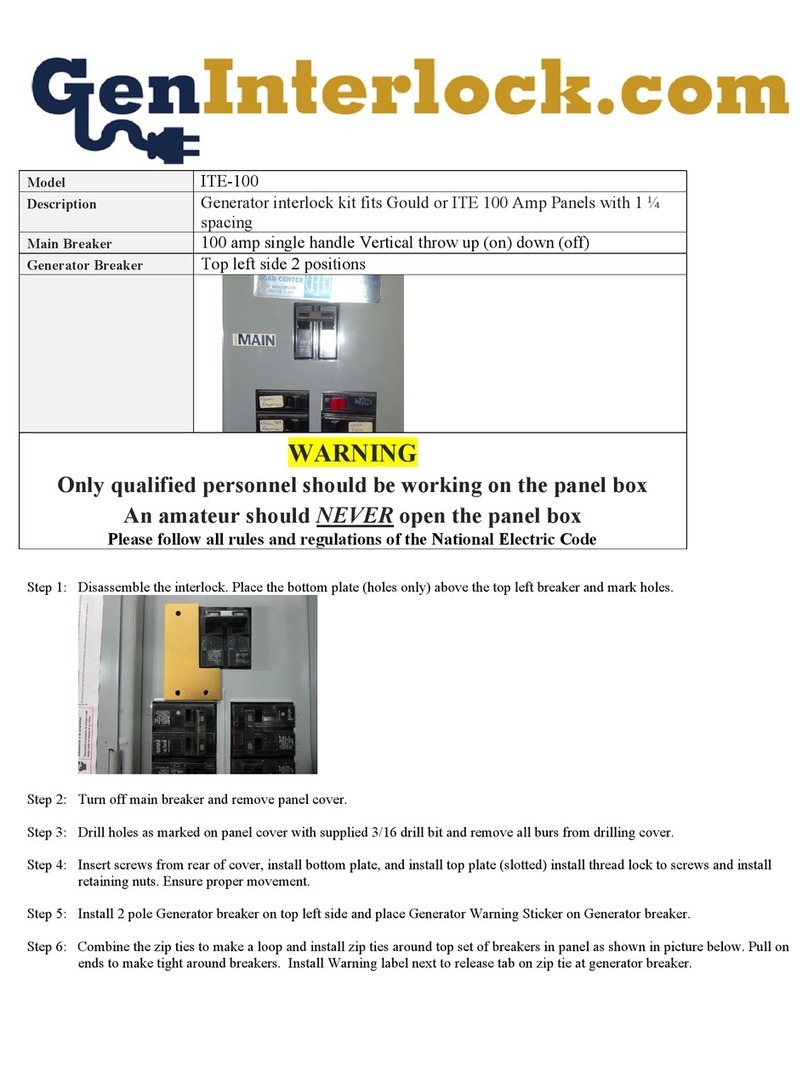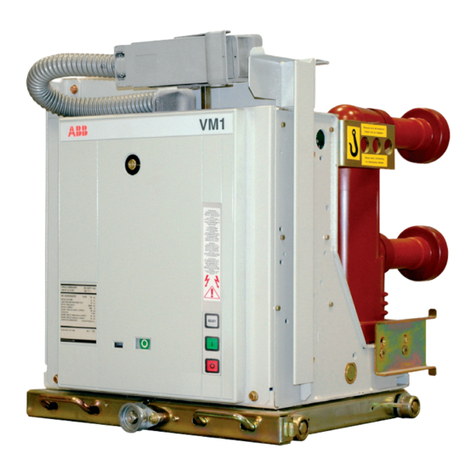Allis-Chalmers MA-75B User manual

















This manual suits for next models
2
Other Allis-Chalmers Circuit Breaker manuals
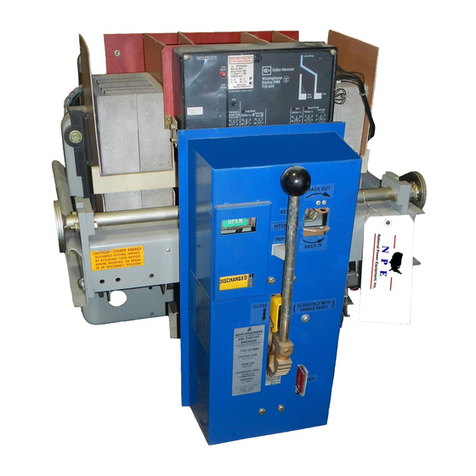
Allis-Chalmers
Allis-Chalmers LA-1600 User manual
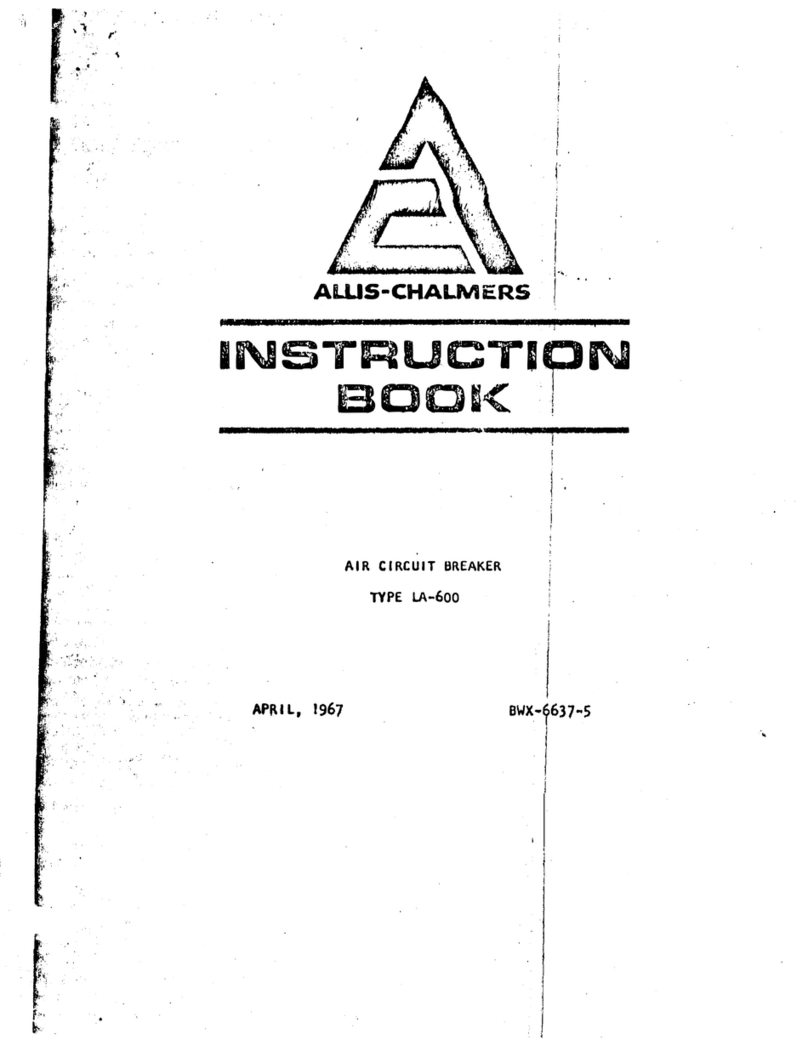
Allis-Chalmers
Allis-Chalmers LA-600 User manual
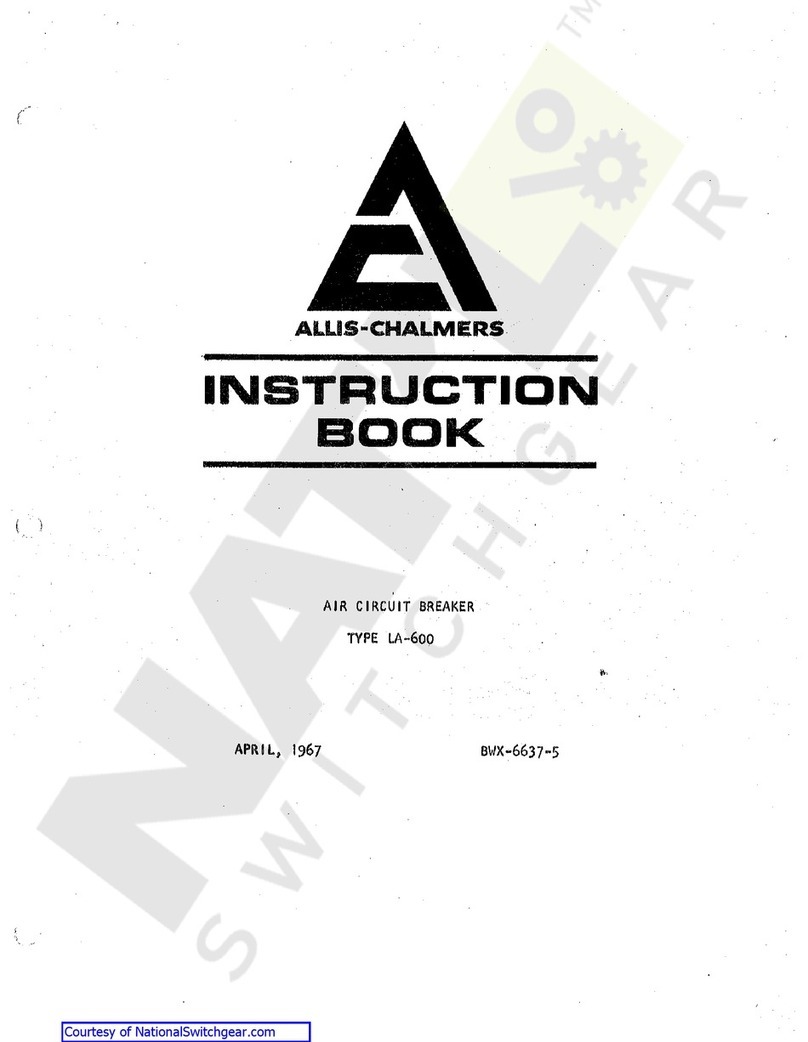
Allis-Chalmers
Allis-Chalmers LA-600 User manual
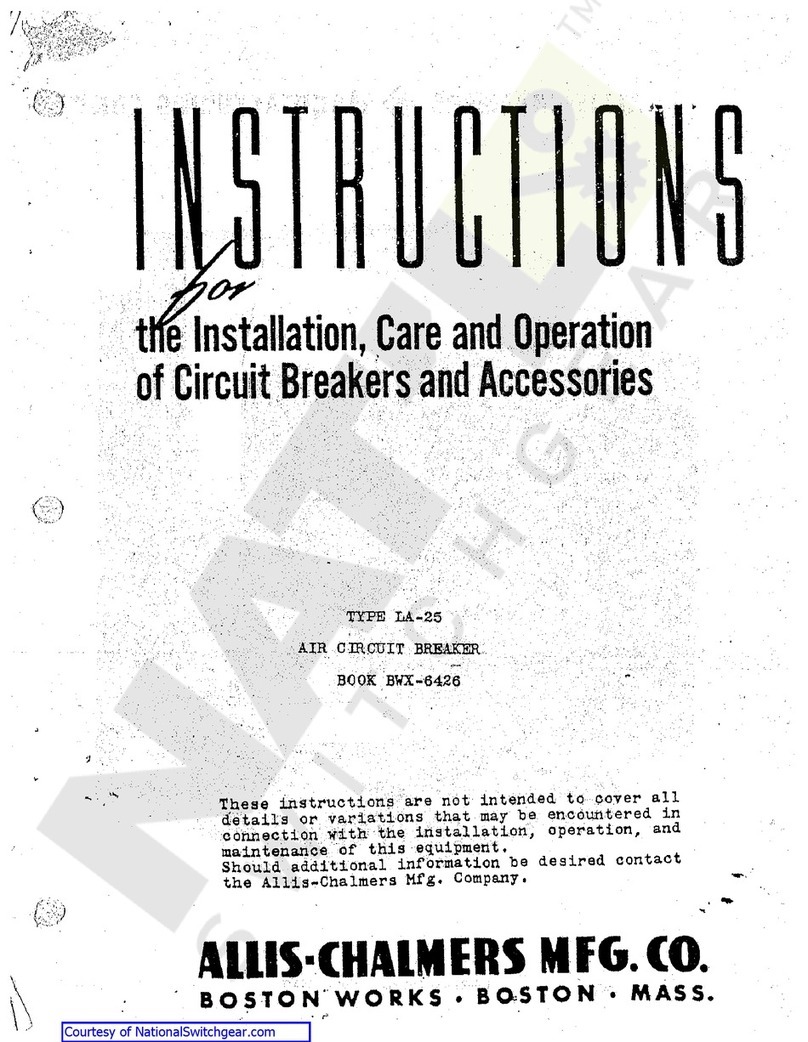
Allis-Chalmers
Allis-Chalmers LA-25 Installation manual

Allis-Chalmers
Allis-Chalmers LA 3000 User manual
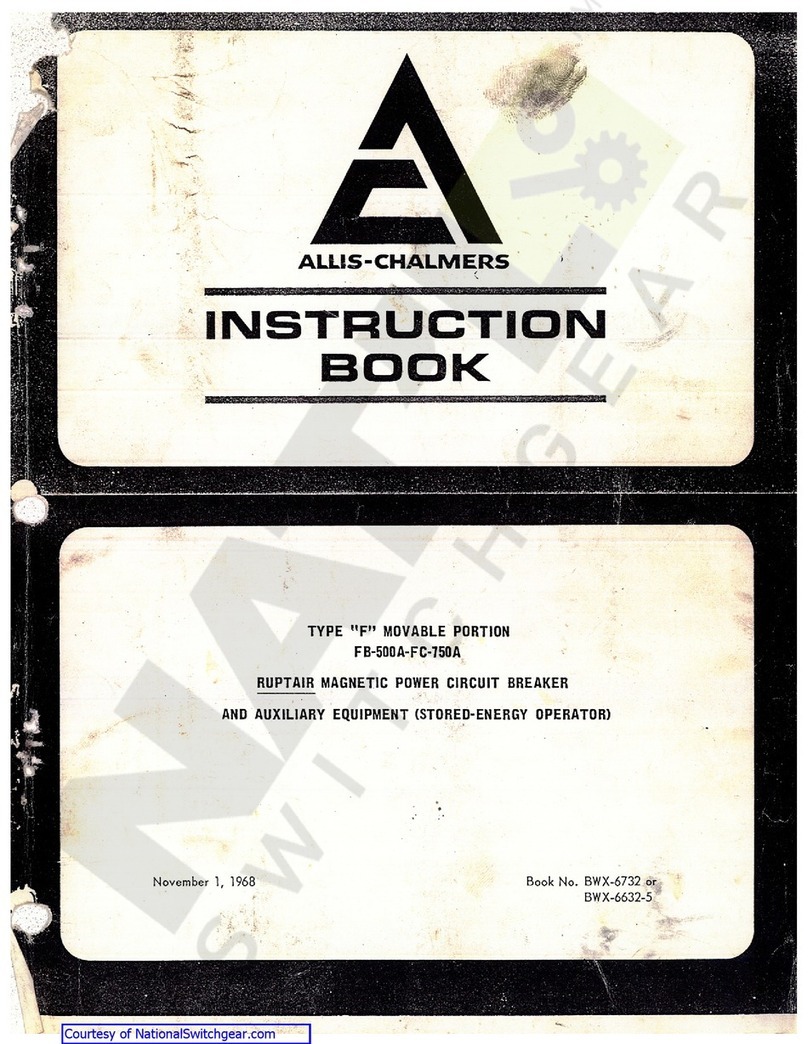
Allis-Chalmers
Allis-Chalmers FB-500A-FC-750A User manual

Allis-Chalmers
Allis-Chalmers LA-600 User manual
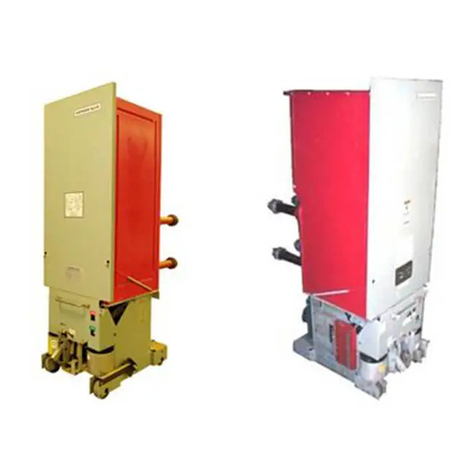
Allis-Chalmers
Allis-Chalmers MA-75 User manual
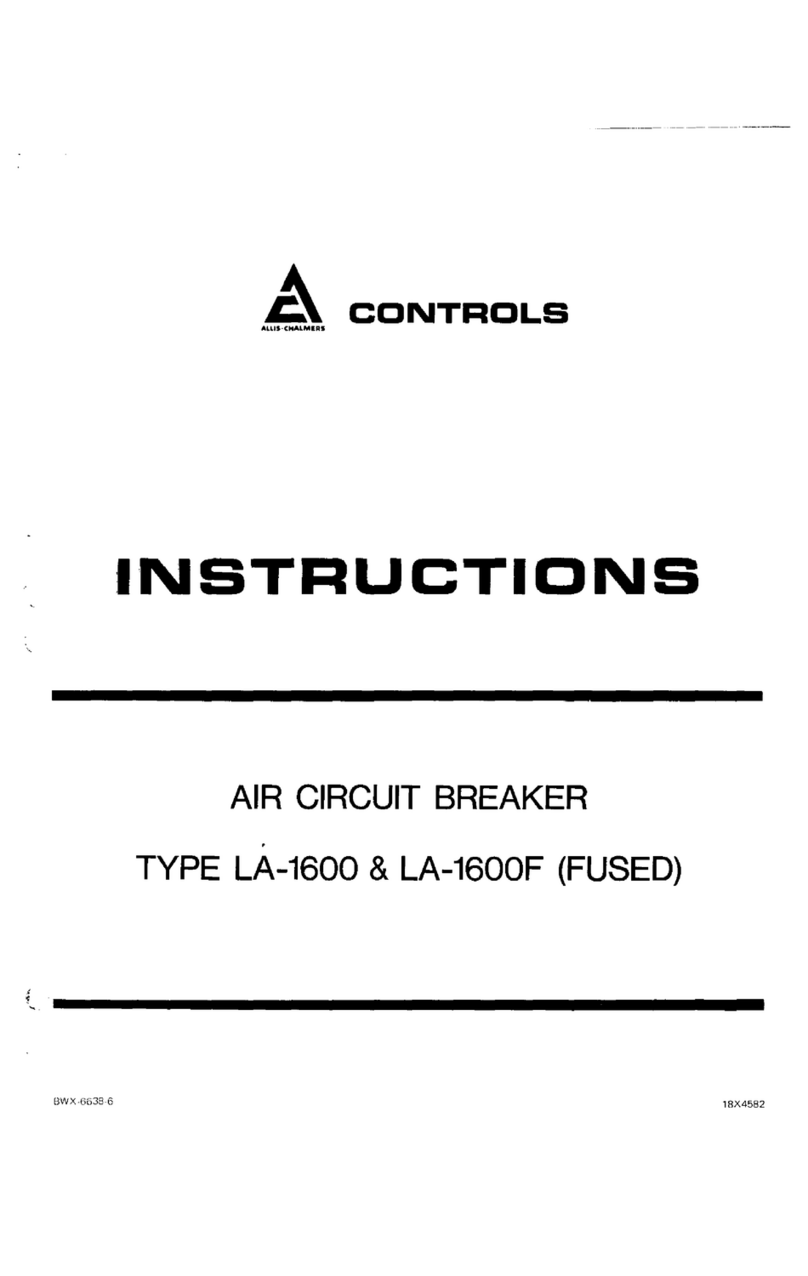
Allis-Chalmers
Allis-Chalmers LA-1600 User manual
Popular Circuit Breaker manuals by other brands

Leviton
Leviton LL630 installation instructions
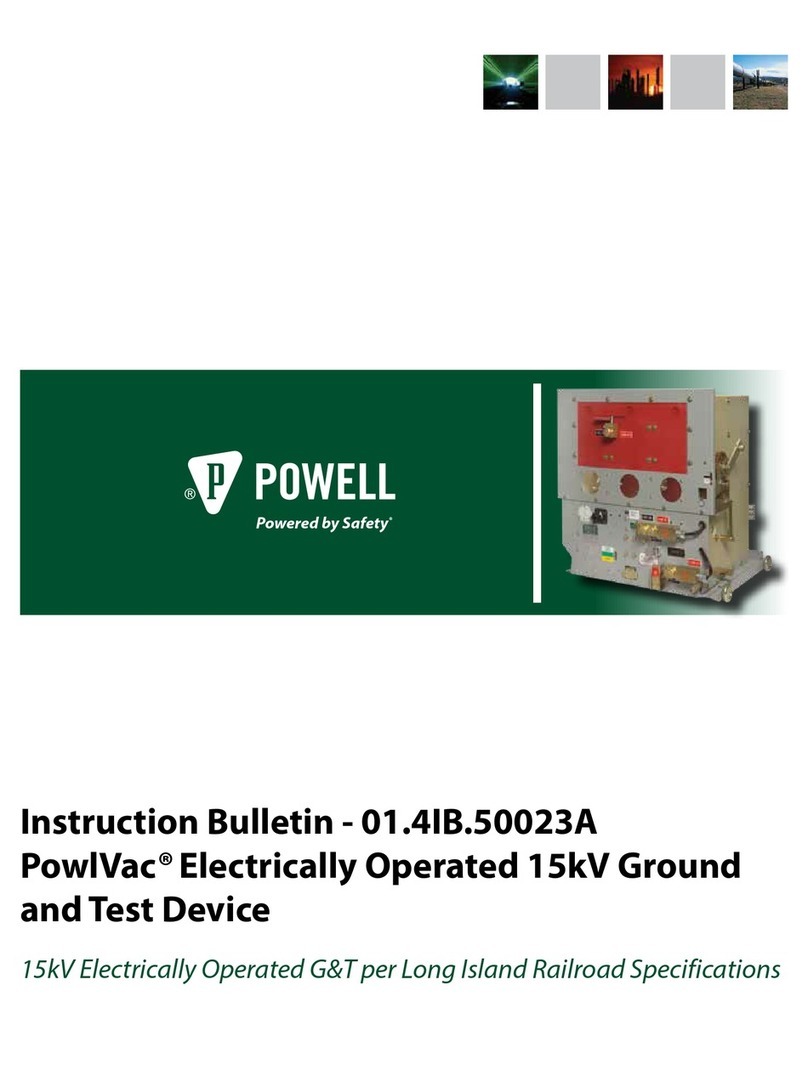
Powell
Powell PowlVac ARG 4 Series Instruction bulletin

Eaton
Eaton HI21-P5-125/160 Instruction leaflet
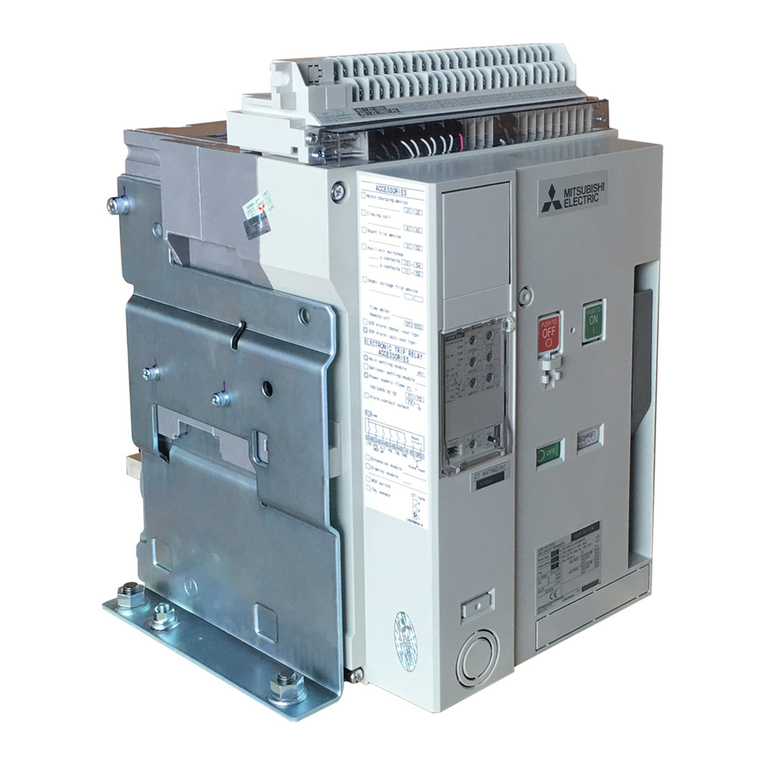
Mitsubishi Electric
Mitsubishi Electric AE-SW Series instruction manual
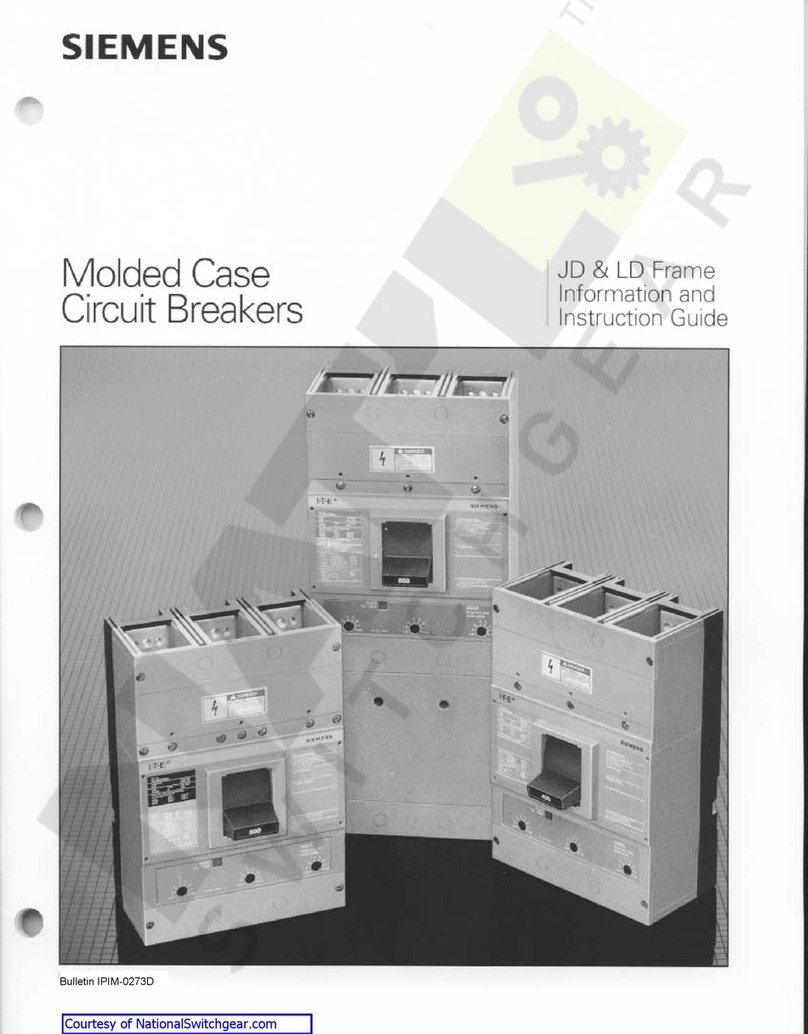
Siemens
Siemens JXD2 Information and Instruction Guide
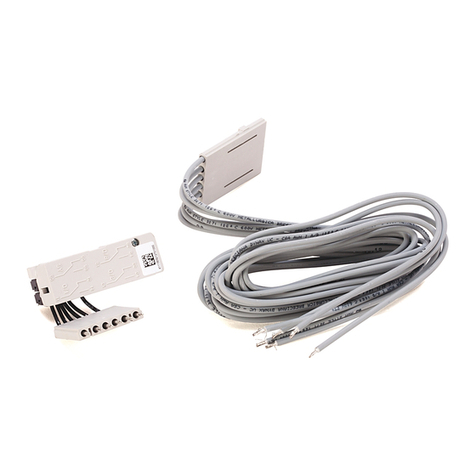
Allen-Bradley
Allen-Bradley 140G-K-EA1R1A Installation



